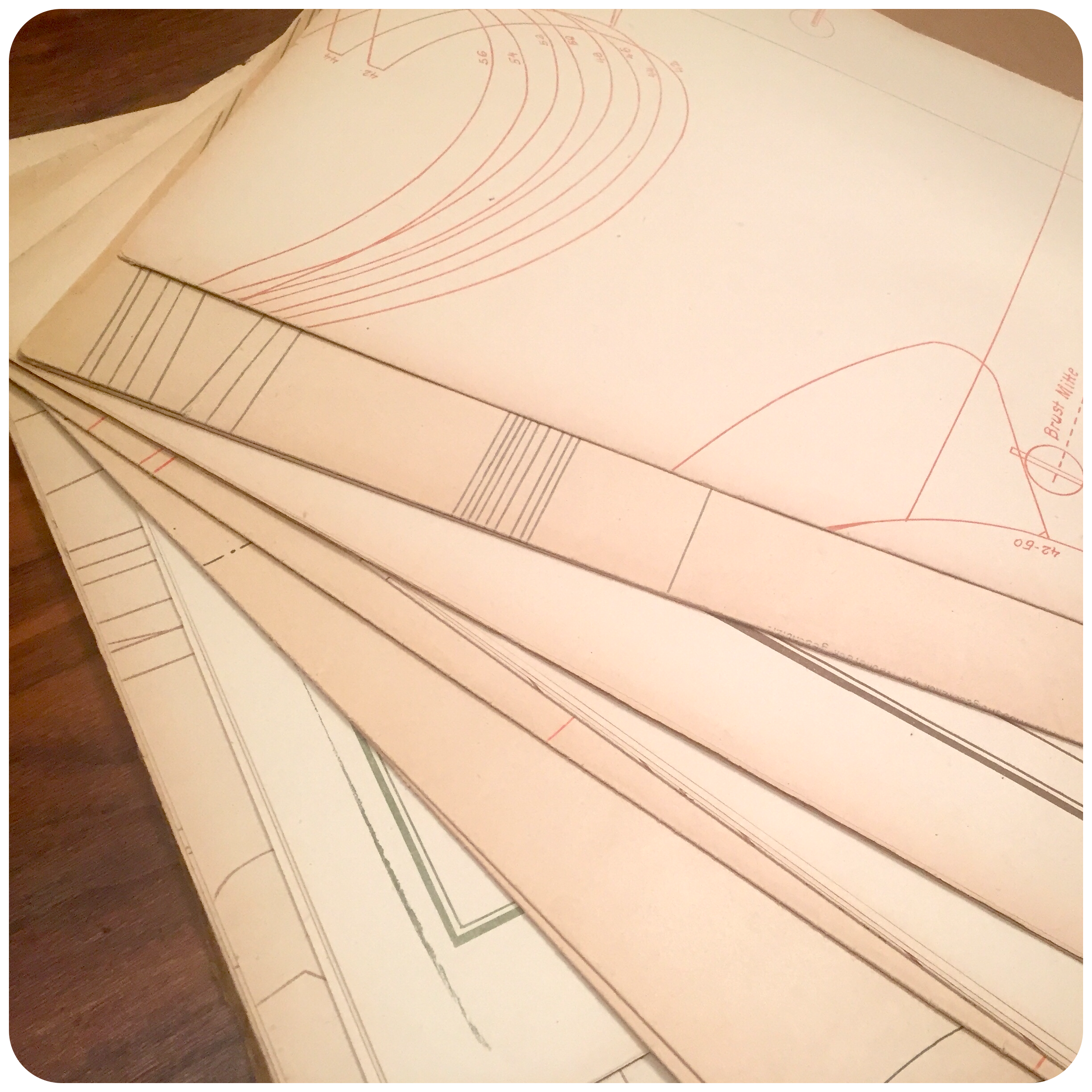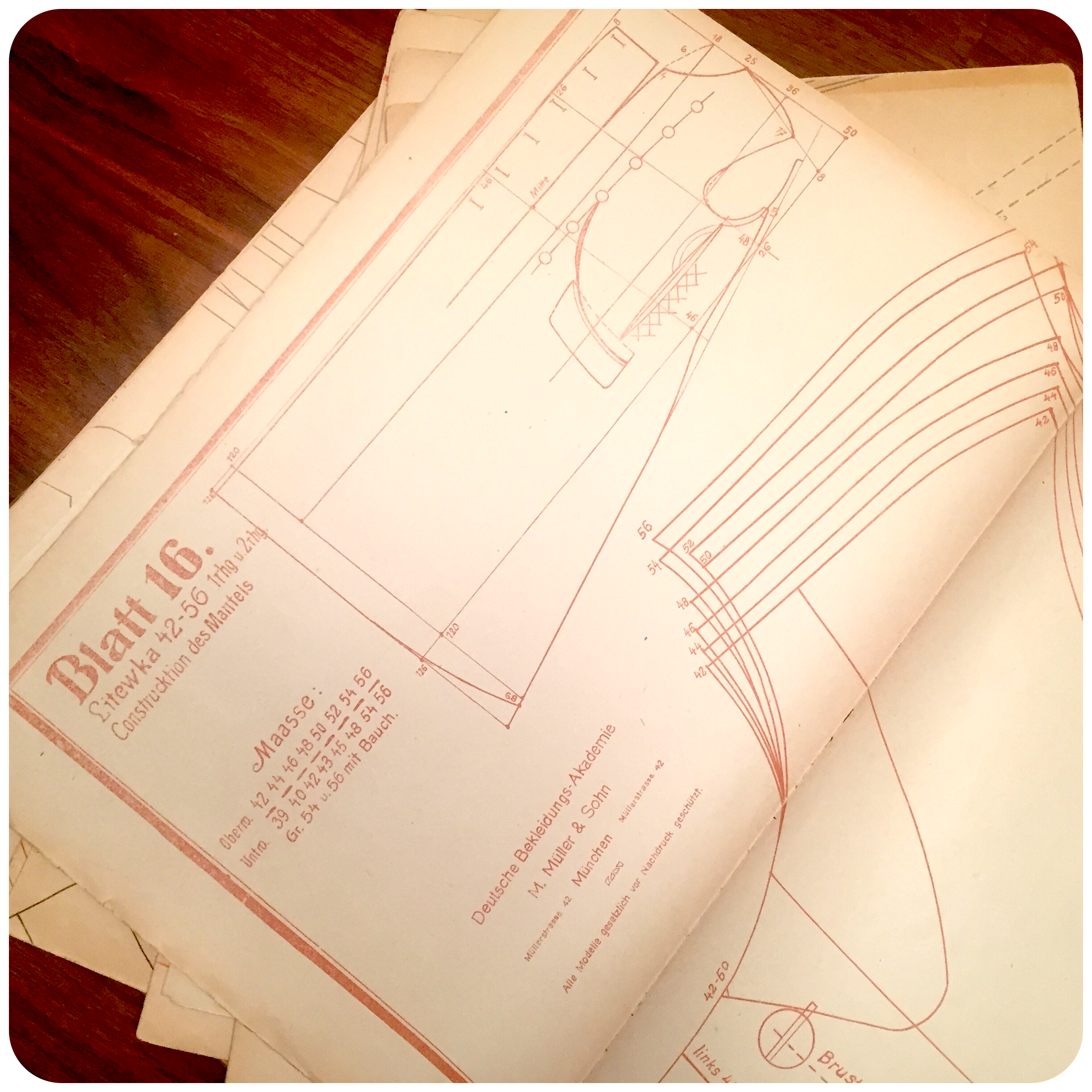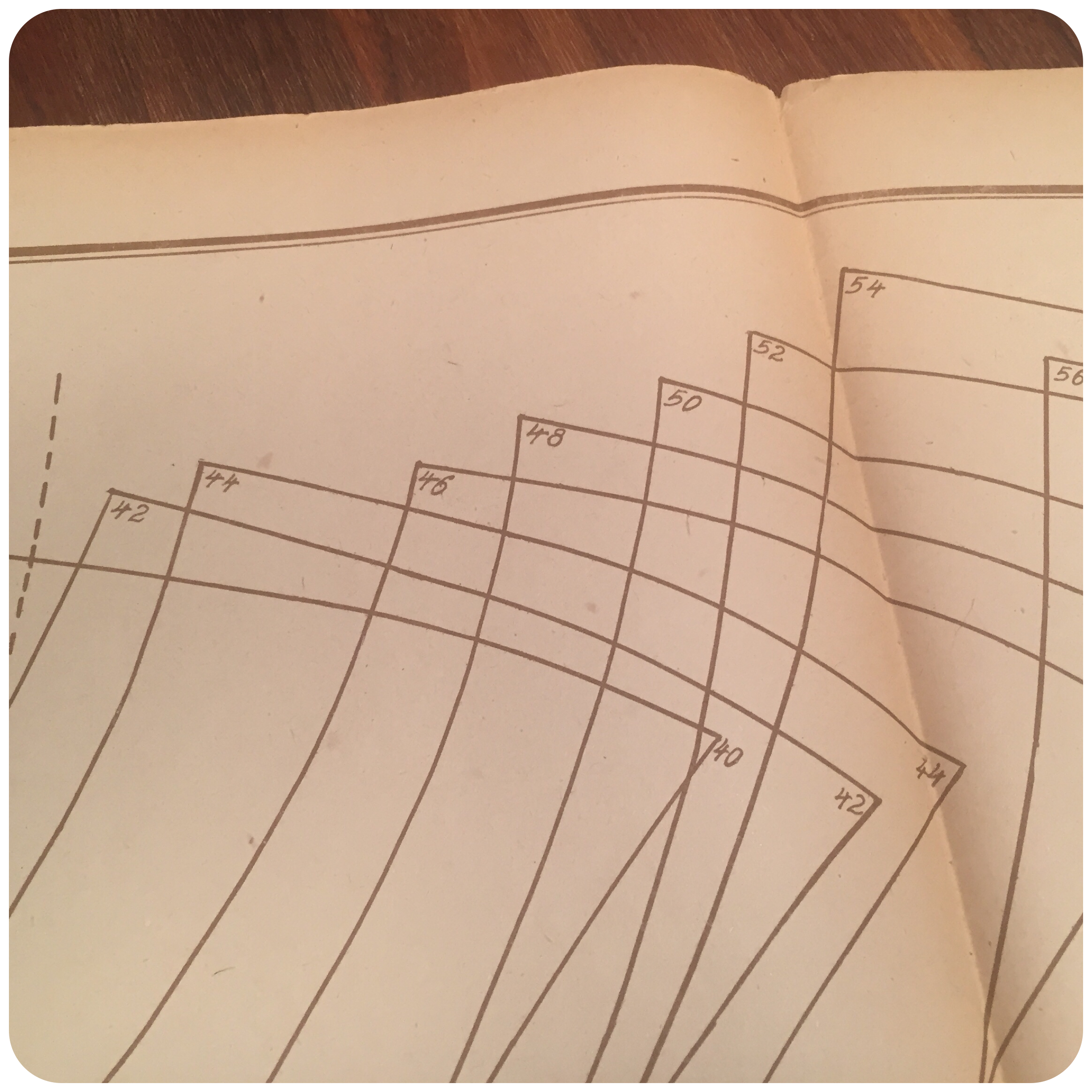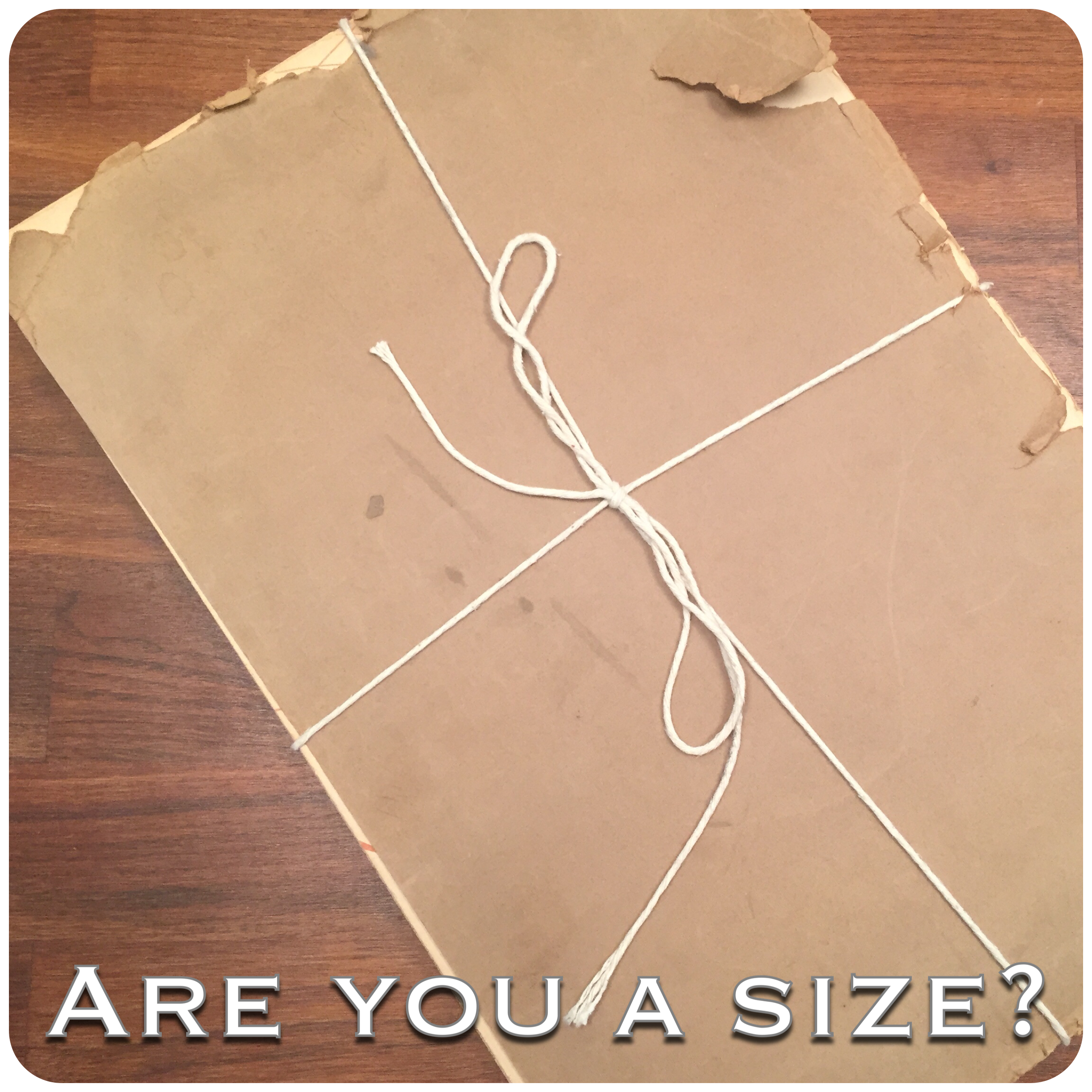“Which size are you?” That’s the standard question asked when we step – or log – into a store. Why is that? Because that’s the very specific way we label and sort all of those already-made clothes hanging (or stacked) there. We are supposed to fit into the clothes. Not the other way around. We have to be a size! Or… do we?
Think of the randomness. Some clothes made far-far away, by people you never met, should suddenly fit you – arm length, waist measurement, neck, chest, legs and all. Combined. And also fit your mood and moving needs. Plus look good on you. What’s the odds?
So here comes the idea of adding a “…it’s supposed to look that way…” into the equation. Or… “if you lost some weight…”

Seen from a historical perspective, cutting-templates and sizes has been around for a long time. But before this huge mass-production machine we have today started, clothes were actually made to fit you! Your measurements would be taken, and a garment made and adjusted to you and your specific body figure and needs. And to make sure that certain looks and styles were upheld, templates was passed around, to also in the process be adjusted.
Nowadays we just make a lot of clothes, and hope they will fit… someone. It’s quite random. It’s an illusion of “the perfect fit” that never will be. But the less people know about the other options – the easier a sell. And if you trick the customer to believe they are a specific admirable (manipulated) size – well, even better!

So why doesn’t it work – sizing? Or why do it work sometimes? The secret is actually to over-produce! The more clothes you make for the customer to choose between, the bigger a chance that you could find something, that would fit ok. And the clothes not sold, they are just thrown away. The other trick is to accept a bad fit. To make the clothes as stretchy or boxy as possible, and hope that people won’t notice. And the third idea is that we aren’t that different after all – although the catchphrase is individuality.
And the impossible? What was that about? Well… tell me what a “bigger” size should be. Just wider? Or wider and taller? Or wider and longer? Or wider and shorter? And how much wider? Should the sleeves be longer? Should skirts be longer? Or maybe more flaired? And what about the shoulder width? Can a larger person have the same design options as a smaller person? What about detail placement?

As you can see, it’s just random. People will tell you there are rules. Statistics. And yes there are! But those rules are just a construction – an idea of what the next customer possibly could look like and want. But no-one really knows. That’s why t-shirts sell so well – there’s really no advanced fit there. But then again – they could have! If it was made for you.
– Sten Martin / DTTA
__________
If you would like to comment, ask questions, or suggest upcoming topics, remember to log in with your subscription code. See you over there!

